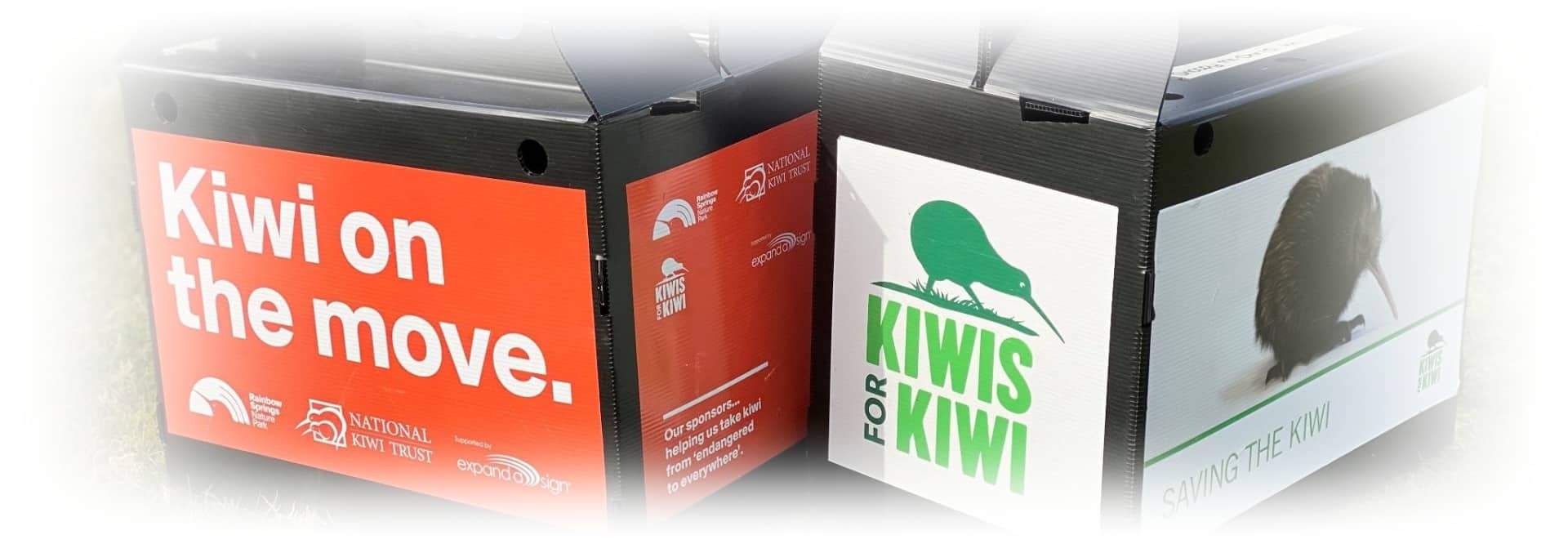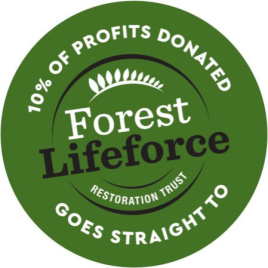

About the Forest Lifeforce Restoration Trust
The Forest Lifeforce Restoration Trust was established in 2006 to provide direction and funding for the restoration of threatened species of fauna and flora, and to restore the ngahere mauri (forest lifeforce) in in Maungataniwha and Pohokura native forests within the Central North Island.
Their activities have increased significantly since 2006 and the trust now runs six native species regeneration and restoration projects, involving both flora and fauna, on three properties in the central North Island, one property in the South Island’s Fiordland National Park, and one property on Stewart Island.
The Maungataniwha Kiwi Project has carved out a name for itself as one of the most prolific and successful kiwi conservation initiatives in New Zealand. It is part of Operation Nest Egg and has now seen more than 450 kiwi chicks hatched and released into the wild. Kiwi eggs are taken from the Maungataniwha property and incubated. The resulting chicks are then reared in safety by several partner organisations before being released back into the wild.
The Trust is also involved in establishing secure breeding areas for the Whio (Blue Duck) populations on both Maungataniwha and Pohokura forestry properties.
The extensive predator control operation and the establishment of two sanctuary areas are vital to both the Maungataniwha Kiwi Project and the Whio conservation work. Predator populations have been reduced significantly as a result of this work, creating a safer environment for a variety of native bird species.
One of the most colourful projects the trust is working on, is without doubt the Kakabeak propagation, nursery and replanting programme. Kakabeak, or Clianthus Maximus, is a shrub with a glorious flower shaped like a parrot’s beak and, sadly, it is now extremely rare in the wild. Before efforts to re-establish this plant started yielding results there were only 109 plants known to be growing in the wild across the whole of New Zealand. Three of these were located on the Waiau Bluffs, within adjacent Te Urewera.
Finally, the work converting over 4,000 hectares of former pine forest back into native forest is believed to be the largest project of its kind in New Zealand. A major challenge has been the removal of regenerating pine that emerges and crowds out the slower growing native forest species.
